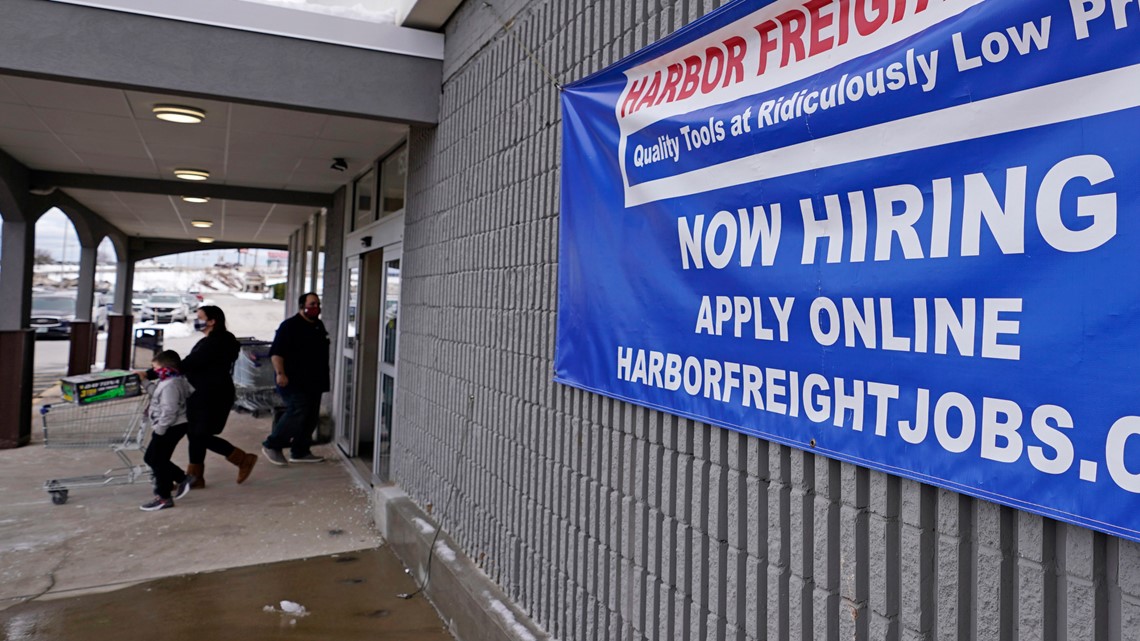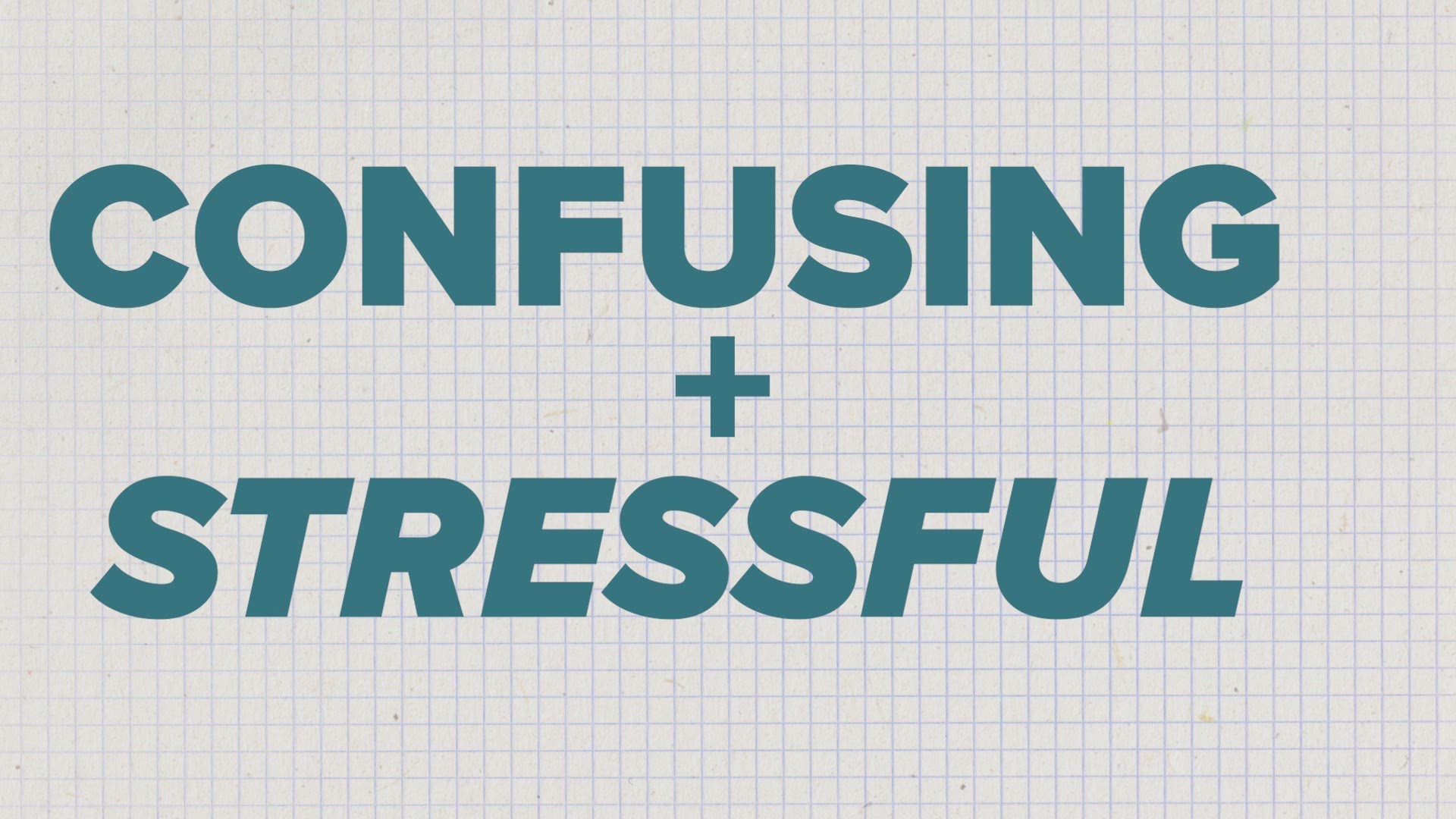WASHINGTON — The number of Americans applying for unemployment benefits fell but remained at a historically high 847,000 last week, a sign that layoffs keep coming as the coronavirus pandemic continues to rage.
Last week’s claims dropped by 67,000, from 914,000 the week before, the Labor Department said Thursday. Before the virus hit the United States hard last March, weekly applications for jobless aid had never topped 700,000.
Overall, nearly 4.8 million Americans are continuing to receive traditional state unemployment benefits. That is down from nearly 5 million the week before and from a staggering peak of nearly 25 million in May when the virus — and lockdowns and other measures to contain it — brought economic activity to a near halt. The drop suggests that some of the unemployed are finding new jobs and that others have exhausted state benefits.
The job market remains under strain even though the spread of COVID-19 vaccines offers hope for an end to the health crisis and a return to normal economic life.
The United States is now recording just under 150,000 new coronavirus cases a day. That is down from nearly 250,000 a day early this month but still more than twice the levels seen from March until a resurgence in cases in late October. So far, more than 425,000 Americans have died from the pandemic.
The virus has forced state and local governments to restrict operations of restaurants, bars and other businesses and has discouraged Americans from venturing out of their homes.
Since February, the United States has lost 9.8 million jobs, including 140,000 in December.
Americans who lost work because of the pandemic can get aid from extended relief programs, which now offer up to 50 weeks of benefits, or from a new program that targets contractors and the self-employed. Altogether, 18.3 million people were receiving some type of unemployment benefit the week that ended Jan. 9, the latest period for which data is available.
A new government financial aid package provides, among other things, a $300-a-week federal unemployment benefit on top of regular state jobless aid. The new benefit runs through mid-March.
Once vaccines become more widely distributed, economists expect growth to accelerate in the second half of the year as Americans unleash pent-up demand for travel, dining out and visiting movie theaters and concert halls. Such spending could boost hiring.
But for now, the economy is floundering. Retail sales have fallen for three straight months. Restrictions on restaurants, bars and some stores, along with a reluctance of most Americans to shop, travel and eat out, have led to sharp spending cutbacks.
The Ultimate Kronos Group, a company that provides time-tracking software to small businesses, said the number of shifts worked by its clients dropped 2.5% in the second to last week of January from a month earlier. The drop was biggest — 4.3% — in the Southeast. “As we near the end of January, it’s clear that the national labor recovery is still struggling to return from the slow holiday season,′ said David Gilbertson, vice president at UKG.
The data firm Womply reports that as of Jan. 21 spending at local businesses is down 23% from a year earlier and that 26% are closed, including 30% of restaurants and 42% of bars. Hotels report a 51% drop in revenue.
President Joe Biden has unveiled a $1.9 trillion coronavirus plan that would provide, among other things, $1,400 checks for most Americans, which, on top of the $600 checks already being distributed, would bring the total to $2,000 per adult.
The new plan would also make available $400 a week in federal benefits for jobless Americans and extend a moratorium on evictions and foreclosures through September. Biden’s proposal will require congressional approval, and congressional Republicans are already balking at its size.
“Additional fiscal stimulus and broader vaccine diffusion should support an improved labor market in the spring,'' economists Nancy Vanden Houten and Gregory Daco of Oxford Economics wrote in a research note. “But claims are expected to remain high in the near term as the pandemic continues to restrict activity, with new strains of the virus a concern.''


___
AP Economics Writer Christopher Rugaber contributed to this report.

